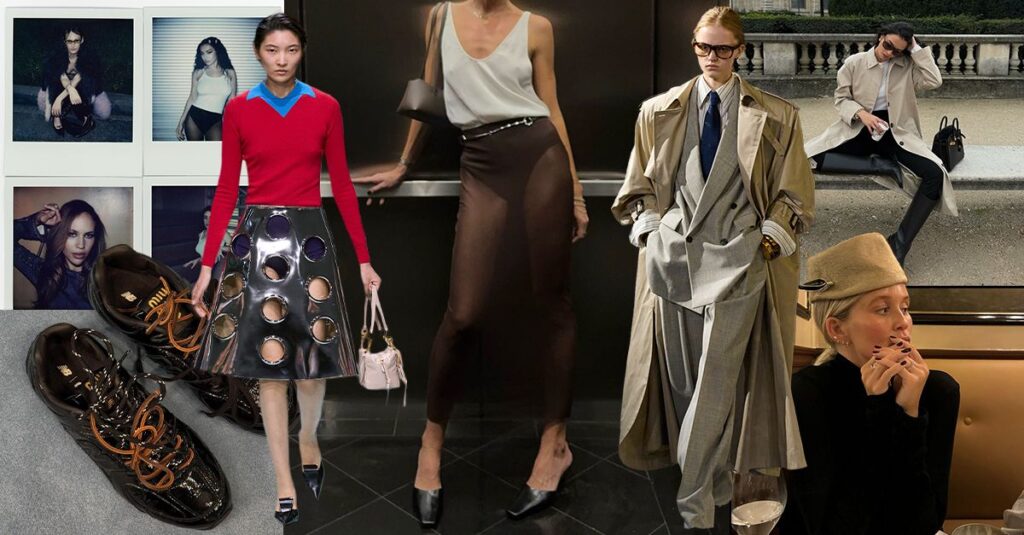[ad_1]
Welcome to The State of Style, an annual report that serves as our version of a State of the Union, in which we zoom out and look at not just what is trending at the present moment but why certain things have broken through.
What does a flouncy boho blouse have to do with youth-led activist movements? Could the economy be the driver behind next season’s return to maximalism? Do the rise of designer bag charms indicate the beginning of a recession? Let’s face it: Fashion has never existed in a vacuum. While it’s easy to envision a team of fashion editors getting together to cook up what will be cool next, the reality is that there are a multitude of factors that wield their power over the trend cycle, from overt pop culture and social media influences to the more inconspicuous effects of the current political and economic moment—and let’s just say that 2024 is giving us a lot to unpack both sartorially and geopolitically.
Of course, the concept of fashion as a mirror to society is nothing new. For centuries, it has been used as a tool for political dissent, radical self-expression, and a sense of belonging. Whether or not we like to admit it, the clothing we wear says more about who we are and what we value than we could ever begin to express with words, from the waistlines that expose what generation we fall into to the way we aim to dress for certain aesthetics to fit in with those who “get it.” It can be a strong indicator of the state of the economy, too. The hemline index is a long-held theory that skirt lengths rise and fall according to the strength of the economy, and while it’s not a hard-and-fast rule, the stock market continues to be as sensitive to our feelings and emotions as the trend cycle, proving that fashion has never been about just fashion. It’s always been a barometer for our collective mood. Here, we’re turning our attention to the seven high-level shifts that are defining 2024 style and how they’re a reflection of the world around us.
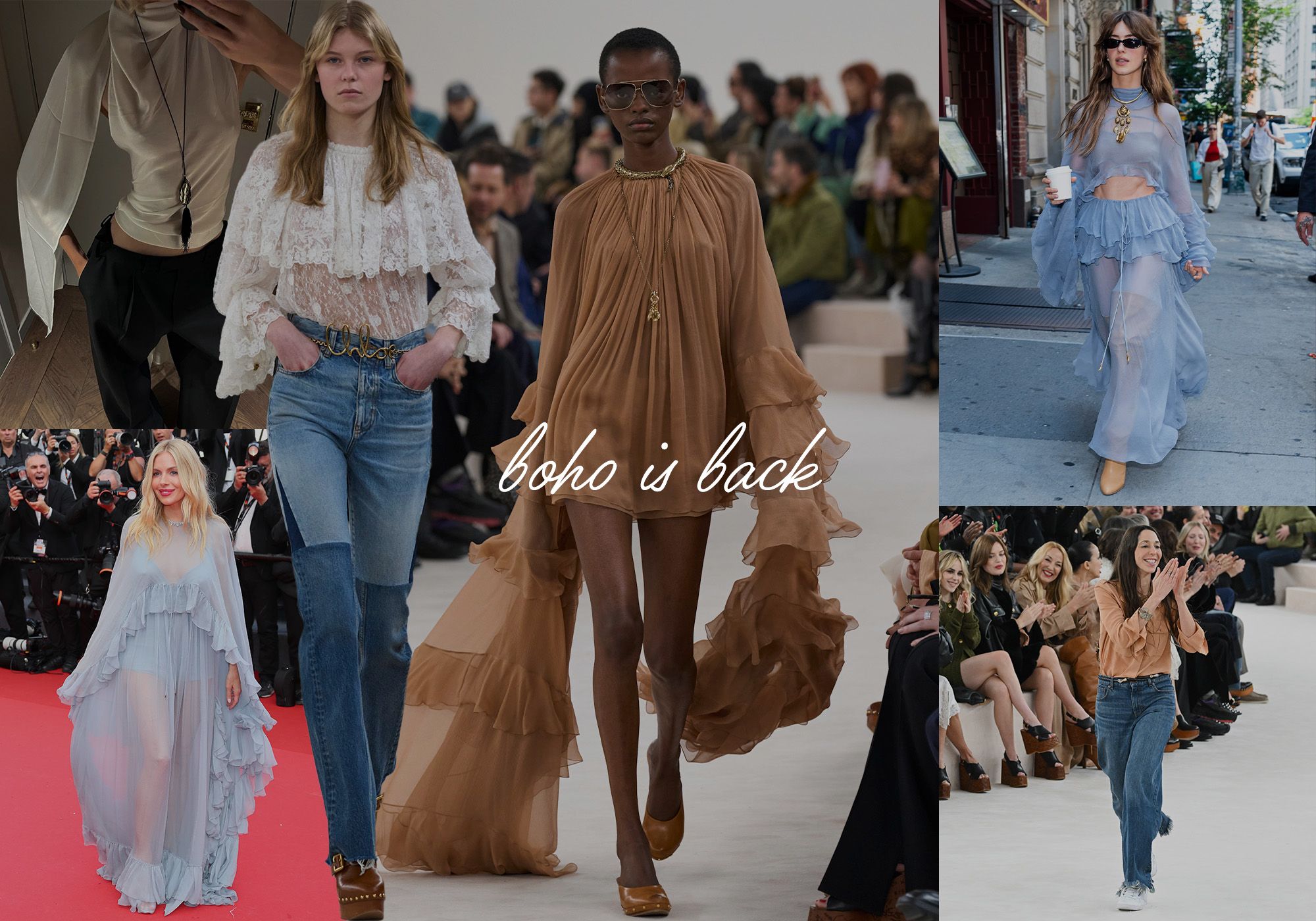
Let’s go back to 2004. It girls like Sienna Miller, Kate Moss, and the Olsen twins were the defining names in celebrity style. Whether it was images of the Olsens and their Balenciaga City Bags or Sienna Miller’s Glastonbury outfits, our favorite style stars were constantly being snapped by paparazzi in a concoction of frills, suede, platform wedges, handkerchief hemlines, denim, and chiffon. Fast-forward precisely 20 years, and boho style is once again back on the menu, thanks in no small part to Chloé’s F/W 24 collection. Creative Director Chemena Kamali’s debut show introduced a vision of modern bohemia that was an instant hit both on and off the runways—A-list endorsement from Daisy Edgar-Jones to Sydney Sweeney helped cement Chloé as the new It brand—and it created a halo effect for the boho style trend at large with searches for “boho” up 82% in Q3 2024, according to the Lyst Index. While Chloé looms large, elsewhere in the market is Hermès and its fleet of cool-girl clogs, a rebrand at Isabel Marant, and a rise in crafty pendant necklaces and stone jewelry, especially Elsa Peretti’s highly sought-after collection with Tiffany & Co, that all point to boho’s undeniable return.
The trend cycle may not be the only factor at play in the renaissance. The political landscape in the mid-2000s can also explain the parallel. In 2004, the country was still reeling in the wake of the 9/11 attacks, and having just invaded Iraq, we were experiencing a deepening political divide over issues like foreign policy, immigration, and homeland security. Perhaps it sounds familiar because of the current moment in our country where support for the wars in Ukraine and Gaza are hotly debated. But it wouldn’t be the first time that bohemian style emerged as a reflection of the global political climate. In fact, the very origins of the free-spirited aesthetic lie in the late ’60s, an era universally defined by its political resistance and countercultural movements that cropped up as a response to the war in Vietnam. Back then, it was Woodstock and The Beatles. In the mid-2000s, it was The Chicks (formerly the Dixie Chicks) and Glastonbury. Today, it’s a series of nationwide campus protests and Gen Z–led movements against police brutality, political violence, climate change, and freedom of expression, just to name a few.
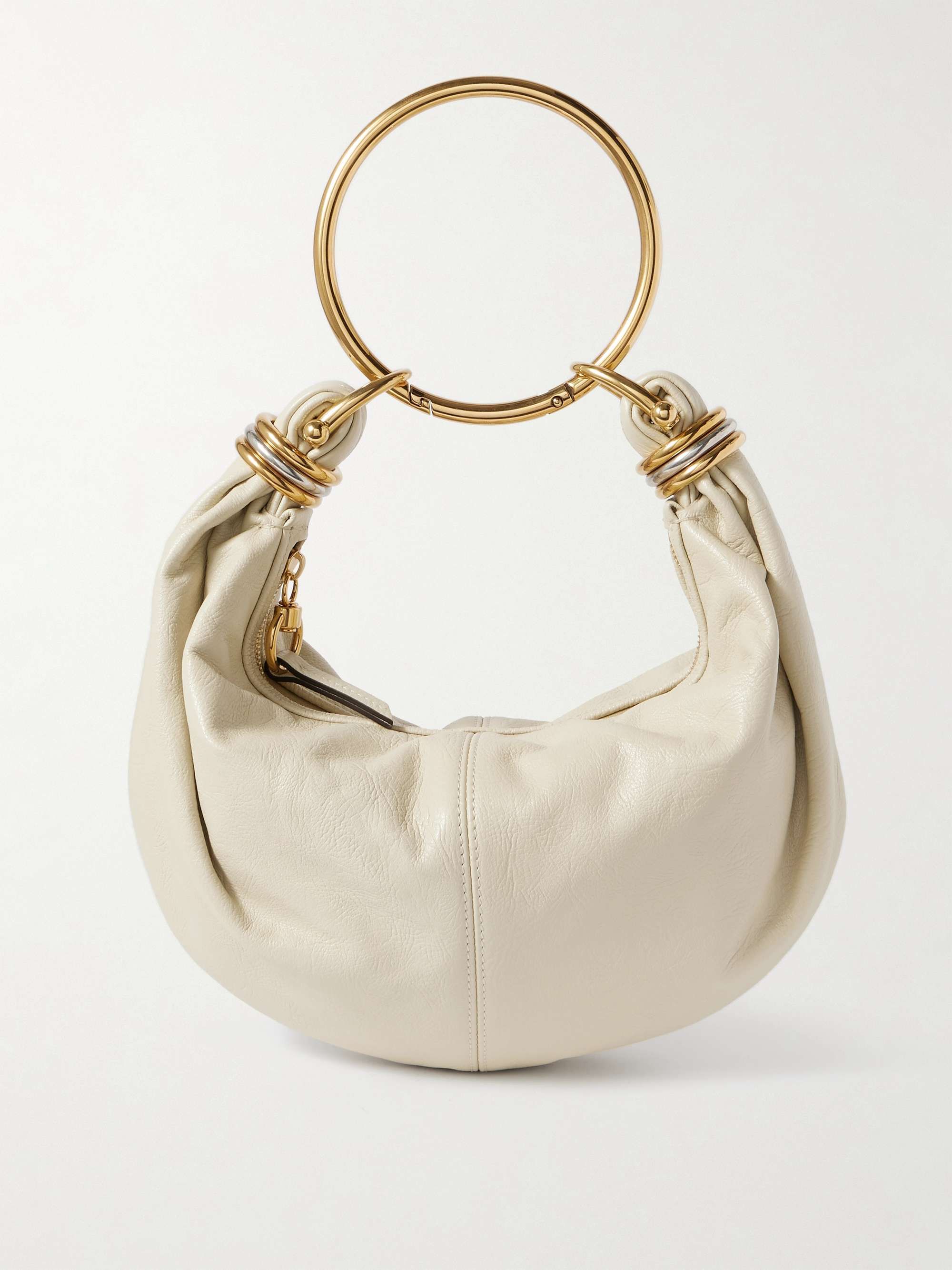
Chloé
Bracelet Shoulder Bag
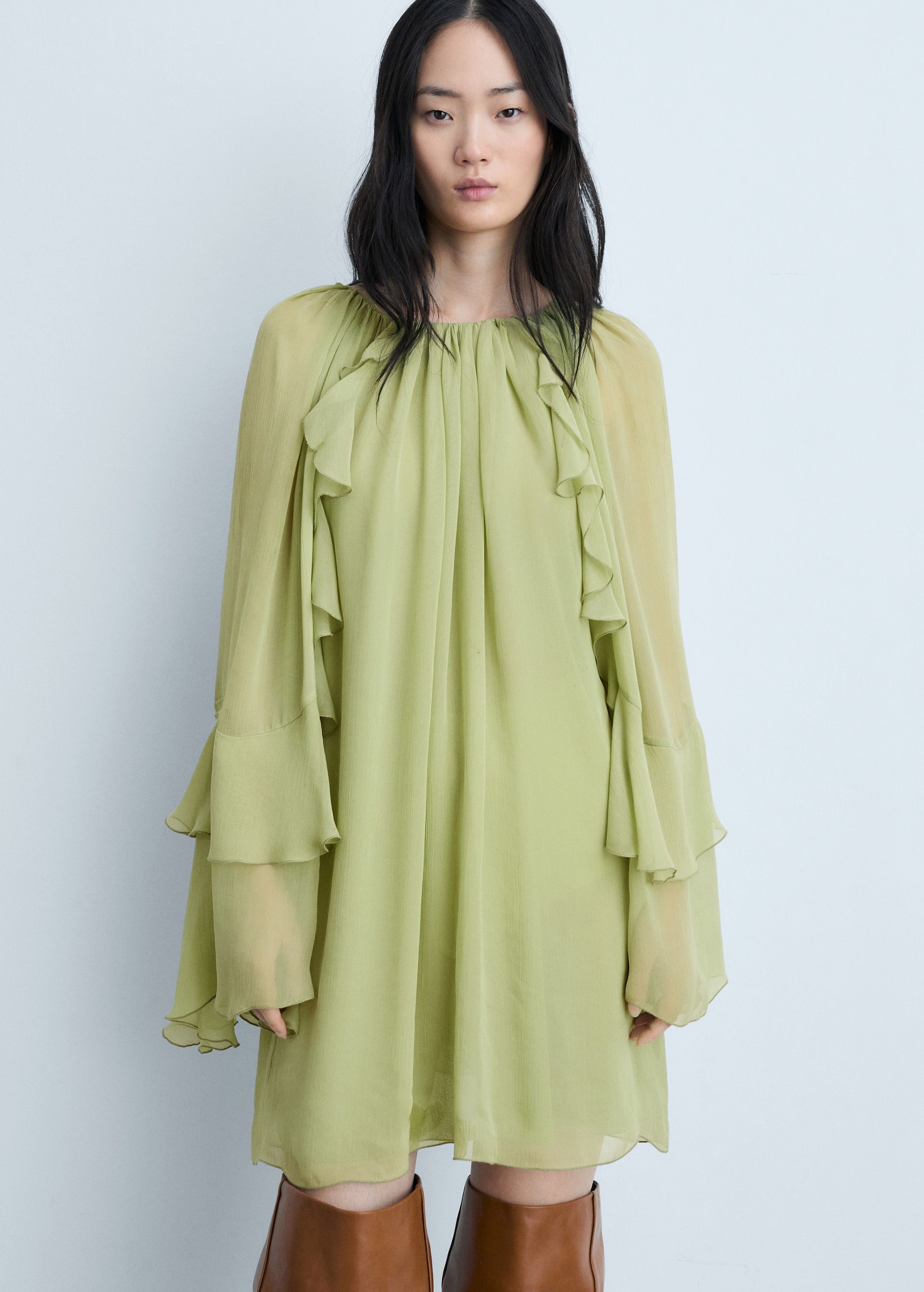
Mango
Chiffon Ruffle Dress
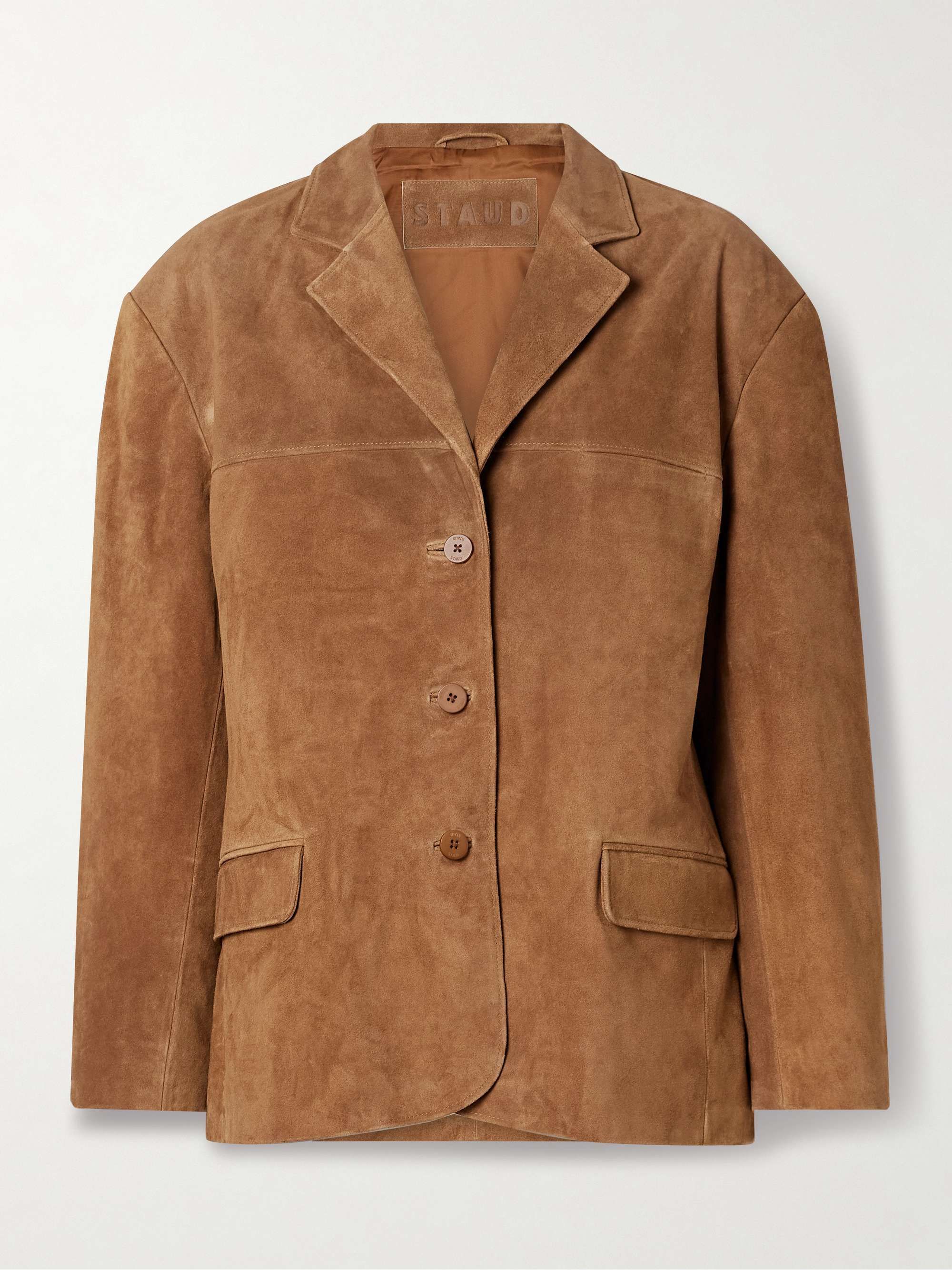
Staud
Corrine Suede Jacket
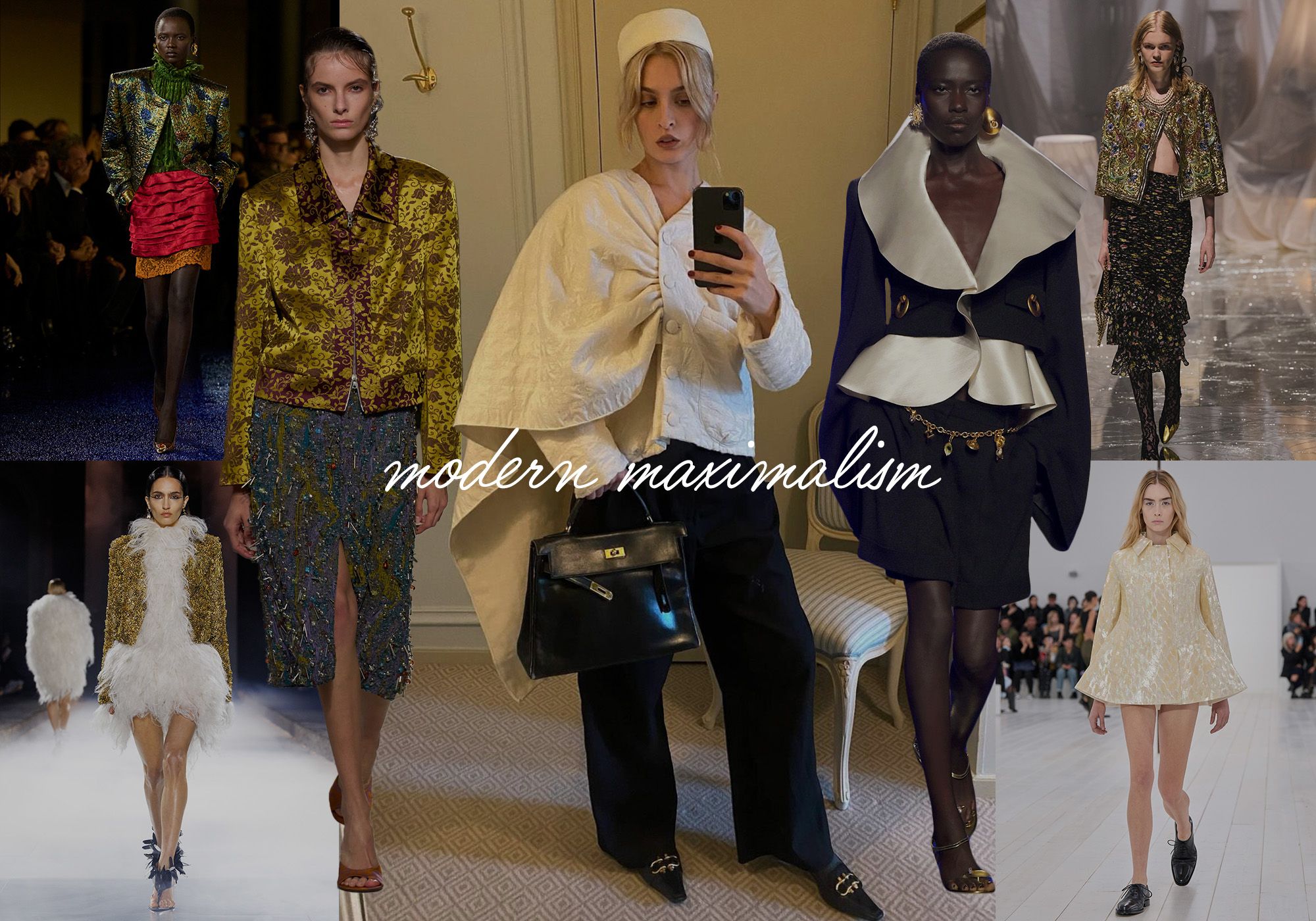
Opulence! Romance! Drama! On a macro level, style is moving from an era of staunch minimalism to a new chapter of modern maximalism, and the roots of this aesthetic shift are all over the spring 2025 runways. If the 20-year trend cycle is to be believed, then it would signal an overall pivot in the prevailing style of the mid-2020s and would make sense why a return to the unrestrained maximalism would be happening again now, as it’s been largely absent from fashion for many seasons. This played out most notably at Saint Laurent, where designer Anthony Vaccarello’s signature sleek tailoring was replaced with an explosion of color and texture in the form of brocade jackets that were paired with ruffled satin skirts and high-neck lace tops. Elsewhere, it looked like iridescent mother-of-pearl jackets, embellished pencil skirts, and lavish tapestry-print jackets that all signaled a much more grandiose and ornate approach to style that feels undeniably fresh.
Aesthetically, the rise of these maximalist looks are being done in a very ’80s-coded way with strong-shouldered jackets, print and color-blocking, and loads of ruffles and layering. It’s hard not to notice the connection between the overall ’80s influence on fashion and what’s happening in the economy both now and 40 years prior. A little history lesson: The early ’80s were defined by a financial recession and inflation, and as we know, maximalism tends to arise out of periods of financial distress as fashion reacts to economic hardships with designs intended to ignite our emotions and hit on our dopamine receptors. Just look at the phenomenon in the wake of the 2008 financial crisis, where maximalist fashion became popular as designers celebrated wealth via bright colors and patterns. The same can be said about the rise in “dopamine dressing” just a few years ago during the pandemic. So is modern-day maximalism an answer to the state of today’s economy? Possibly. But there’s one thing we know that’s definitely true, and that is that come spring 2025, the overall sartorial mood will be one of “more is more.”
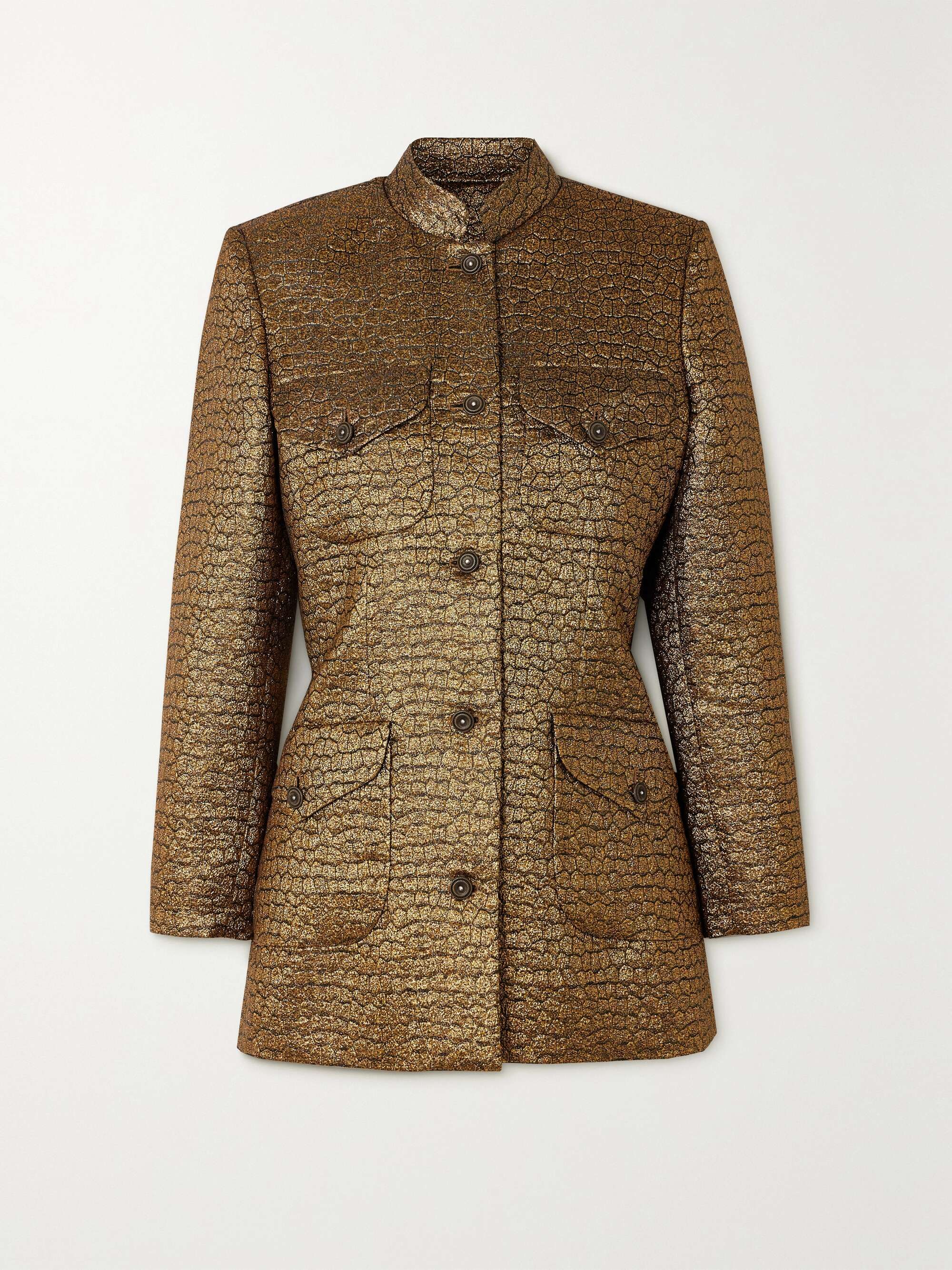
Liberowe
Raja Metallic Jacket
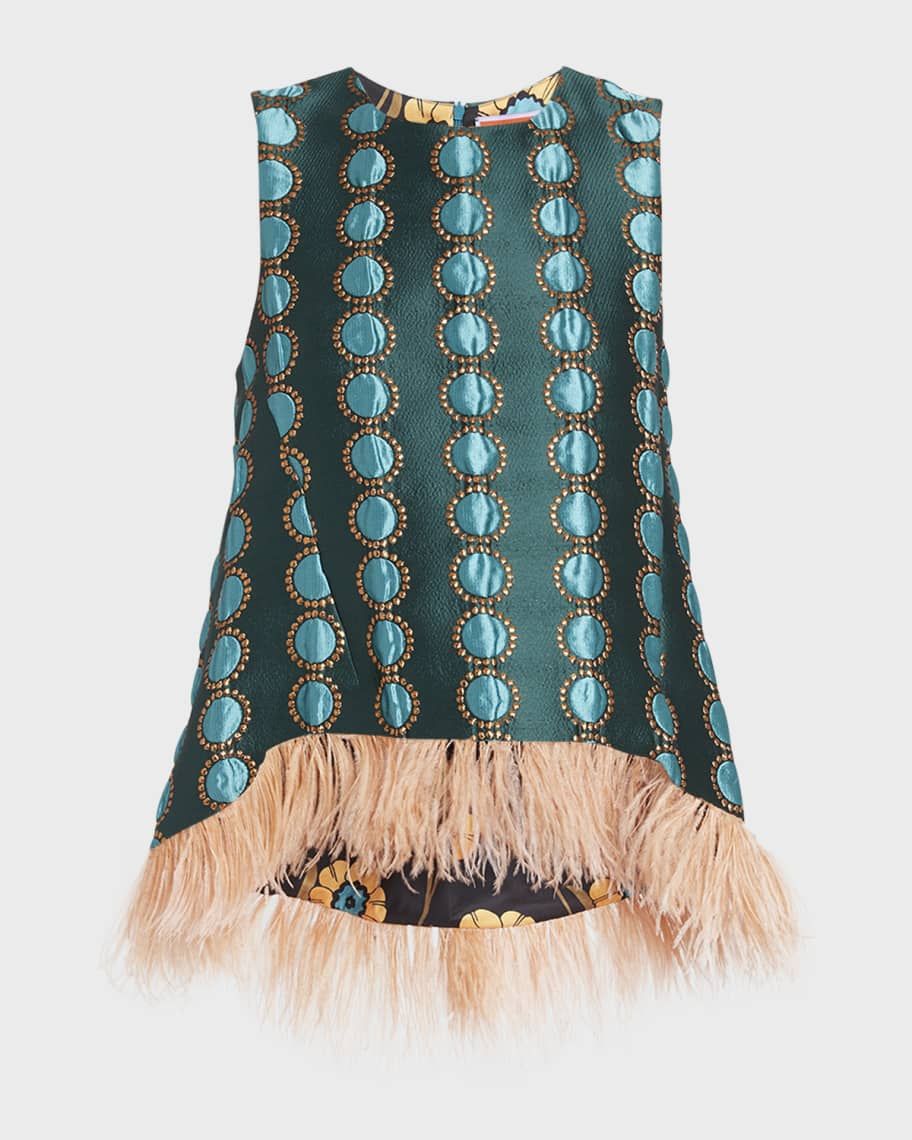
La DoubleJ
La Scala Iconic Feather-Trim Top
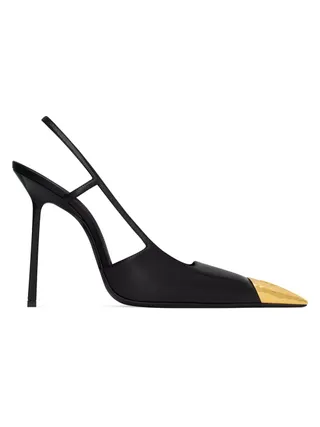
Saint Laurent
Jeanne Slingback Pumps
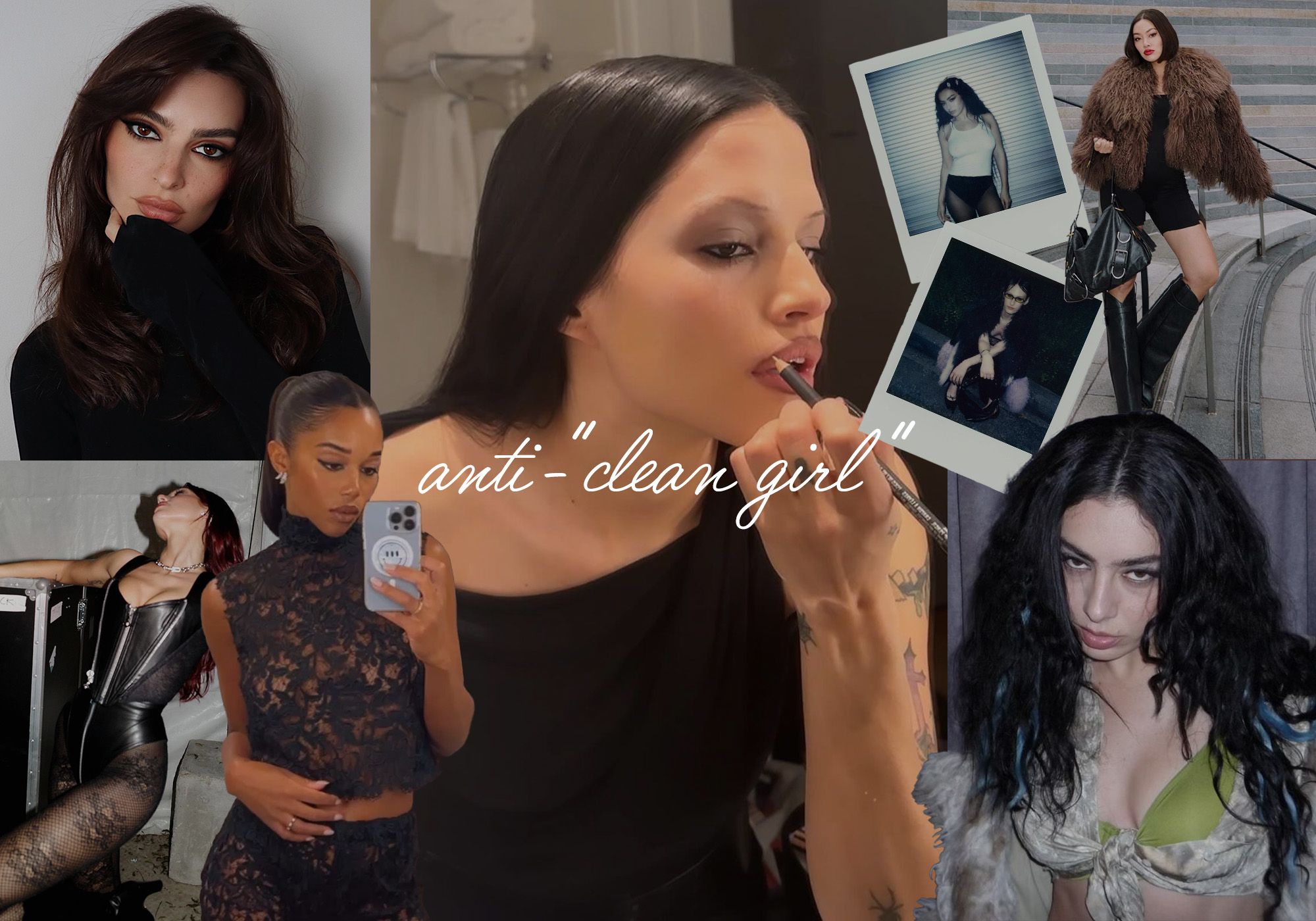
We’ve established that politics and economics have sway over how we get dressed, but even more powerful is the link between fashion and pop culture. Sometimes it’s more obvious than not, but the films and TV shows we watch and music we listen to play no small role in what’s “in” each season. This summer, there was no escaping the impact of Charli XCX’s album Brat—whether that was the meteoric rise in the particular shade of electric green across clothing and beauty products or one of the millions of memes and viral internet moments that the album incited. But Brat summer was merely the latest example of a larger trend we’re seeing toward rebellion in fashion and beauty aesthetics.
Let’s take it back to the end of 2023, when the “clean girl” aesthetic was one of the biggest on social media, promoting slicked-back hairstyles, pastel workout sets, the “Pilates princess,” and an overall strict definition of what it means to be “put together.” Madé Lapuerta of Data But Make It Fashion reports that early on in 2024, this trend started to decline in popularity—and rapidly. An analysis she ran on January 22 showed it was declining 16% per day as the “mob wife” look, defined by voluminous hair, red nails, and faux-fur coats, began to take its place. This was rising 4% per day in popularity, Lapuerta confirmed, and was a direct rejection from consumers of the strictness and restraint the trend represented. In its place emerged an idea of womanhood that doesn’t need to follow any set of rules. It’s about messiness, imperfection, and vulnerability, which manifests in the messy hair, undone nails, and edgier leather pieces mixed with casual white tanks that trends like “mob wife” and Brat summer have sparked. A further read on the shift reveals that it’s tied to many factors beyond pop culture: geopolitical unrest, economic uncertainty, pushback on societal norms.
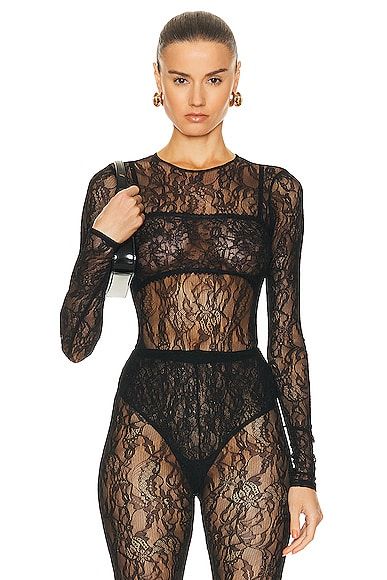
Wardrobe.NYC
Lace Bodysuit

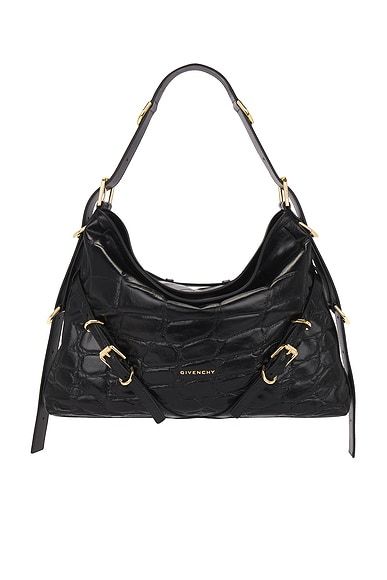
Givenchy
Medium Voyou Bag
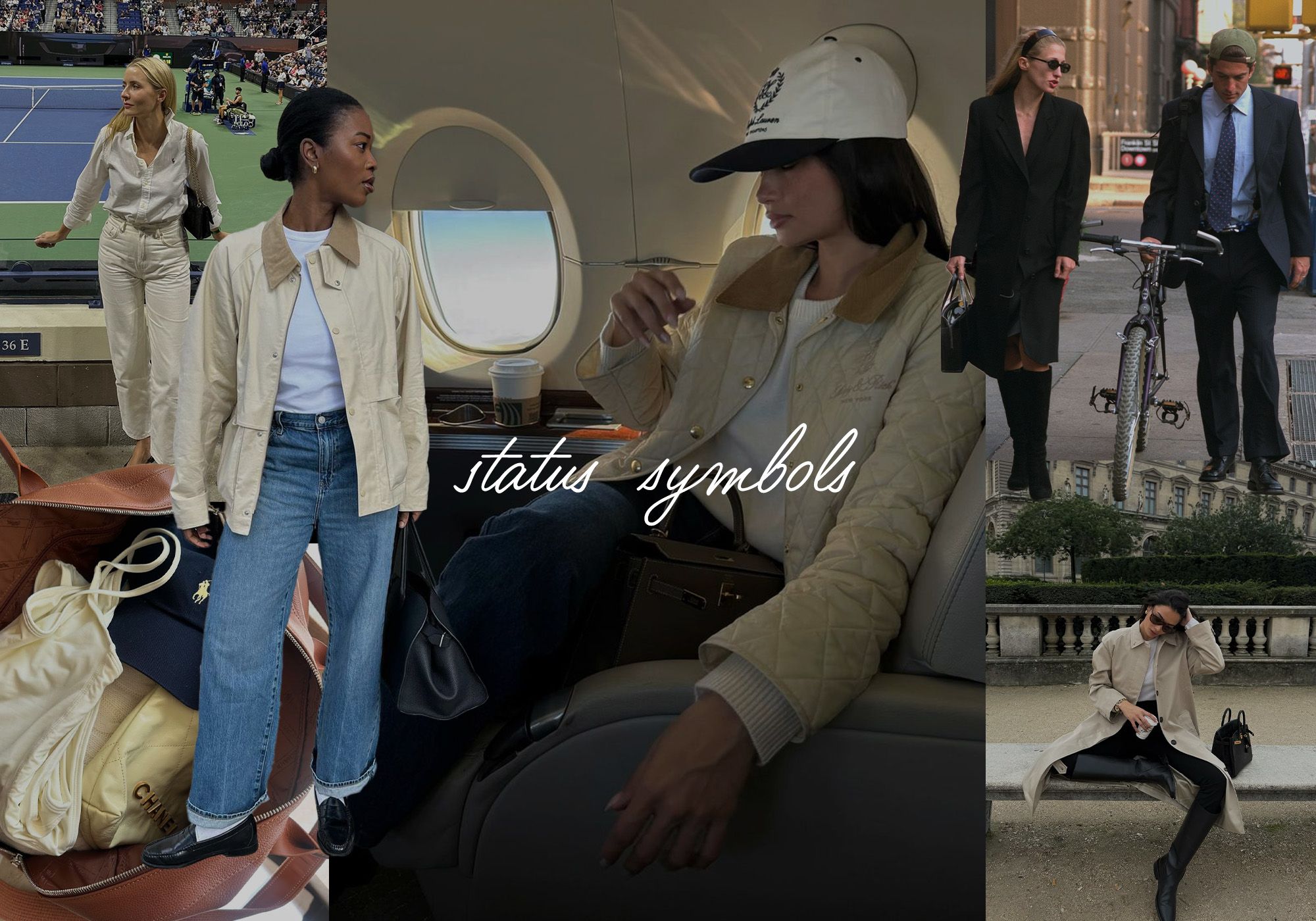
Quiet luxury is out. Old money” is in. While the former was defined by luxury items that flew under the radar, the latter is all about signaling the ability to not only spend on a designer wardrobe but also have an entire lifestyle of wealth. And according to the data, Gen Z is laser-focused on these status symbols. The most obvious among them is a barn coat, the traditional English staple, up 225% this quarter, that represents a certain lifestyle in the countryside—wearing one invites you to imagine owning an estate, living on a farm, and other conspicuous signs of generational wealth. Mood-board images of Carolyn Bessette-Kennedy’s style are once again populating social media and inspiring vintage curations and come right as a Ryan Murphy–led TV adaption of her and JFK Jr.’s life is announced. Even heritage brands are having a moment. Ralph Lauren has entered the Lyst Index in 14th place for this quarter with a 151% spike in engagement thanks to activations at Wimbledon and the Olympics, and Loro Piana, previously unknown to a younger shopper, continues to loom large in the mind of Gen Z with It buys like its Rebecca Flats and L19 Bag getting airtime among the best dressed celebs. When you factor in the cultural effects of Saltburn and Succession and the overwhelming demand for tennis-core, it adds up to one thing: The younger generations may be in a less-likely position to buy a house or own property, but tapping into the classic symbols of wealth is a way to fuel the fantasy.
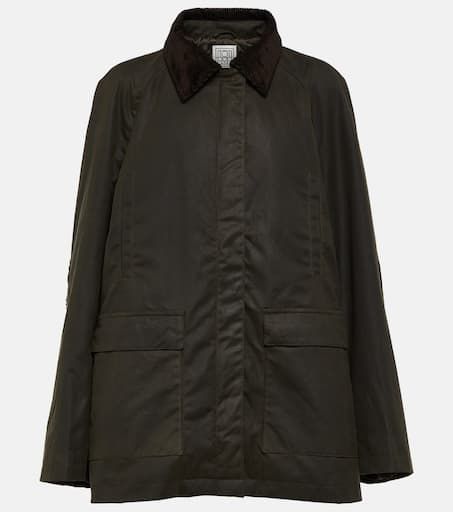
Toteme
Country Coated Cotton Jacket
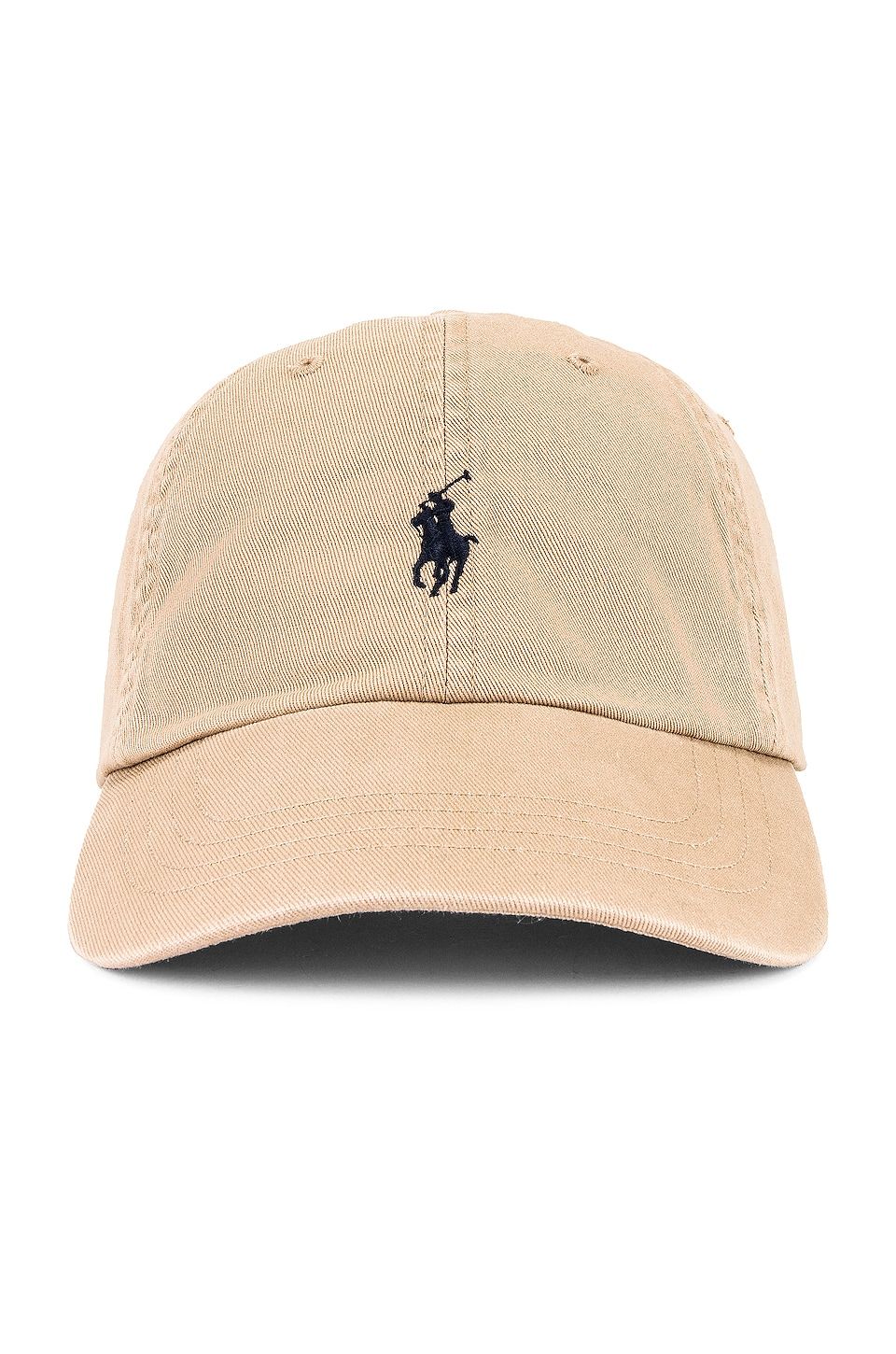
Polo Ralph Lauren
Chino Cap
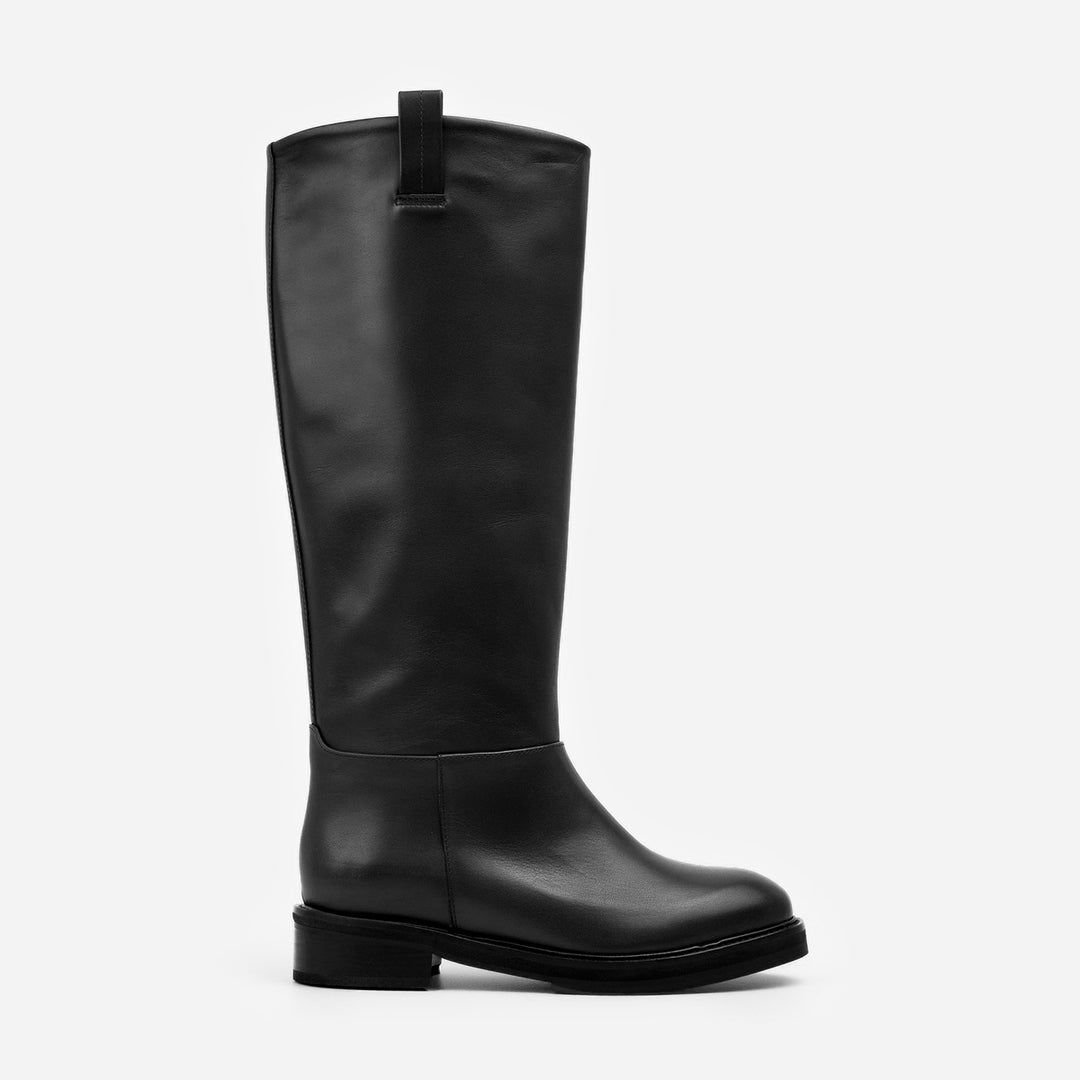
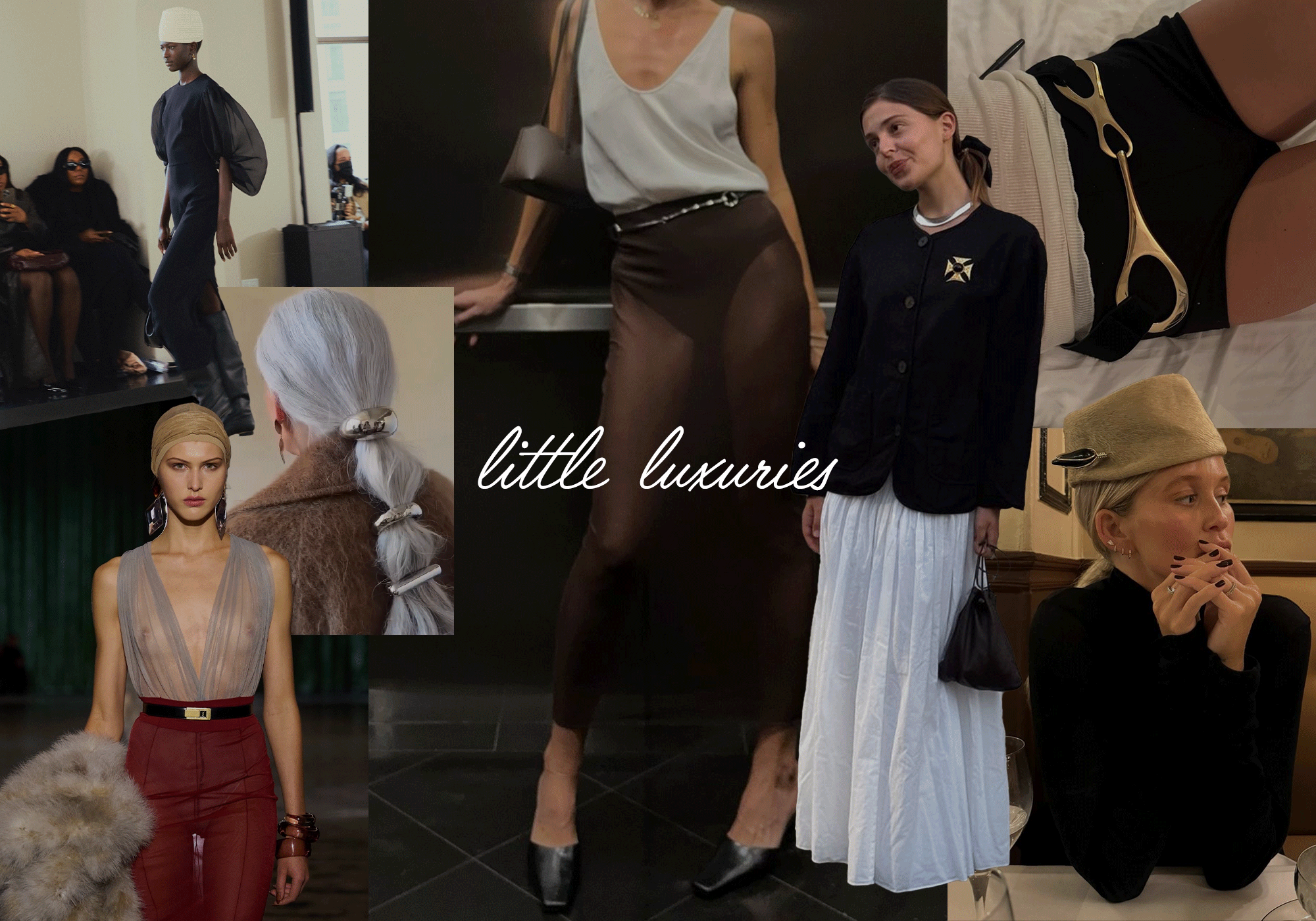
Our shopping habits say a lot too. A new category of small-scale items is cropping up within the luxury market that invites a new audience of slightly more budget-conscious shoppers to participate in designer-label shopping. Although small, bag charms have served as an indicator of society’s shifting relationship with luxury. There’s no better example of that than this current moment, which shows us that the return of this trend is a microcosm of what’s happening in culture. Bag charms are part of this, yes, but also outfit-defining accessories like elegant pillbox hats, statement belts, oversize earrings, and sculptural ponytail cuffs are all examples of this emerging category. There’s an economic theory called the lipstick effect that comes to mind. It’s the idea that consumers spend more on smaller and more affordable luxury items during an economic downturn as a way to participate in the brands and designers they find aspirational rather than opening their wallets to make larger investment purchases.
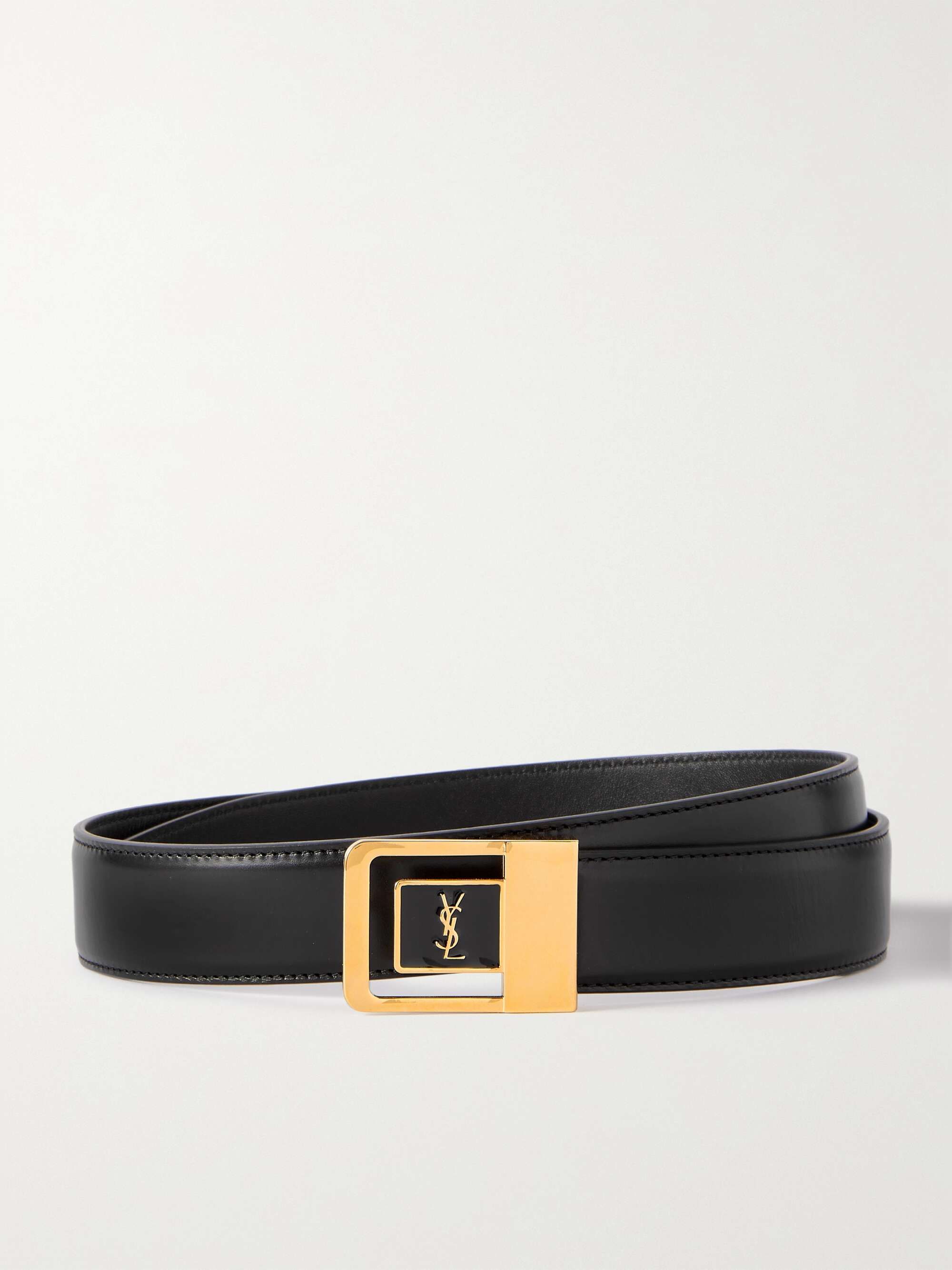
Saint Laurent
Leather Belt
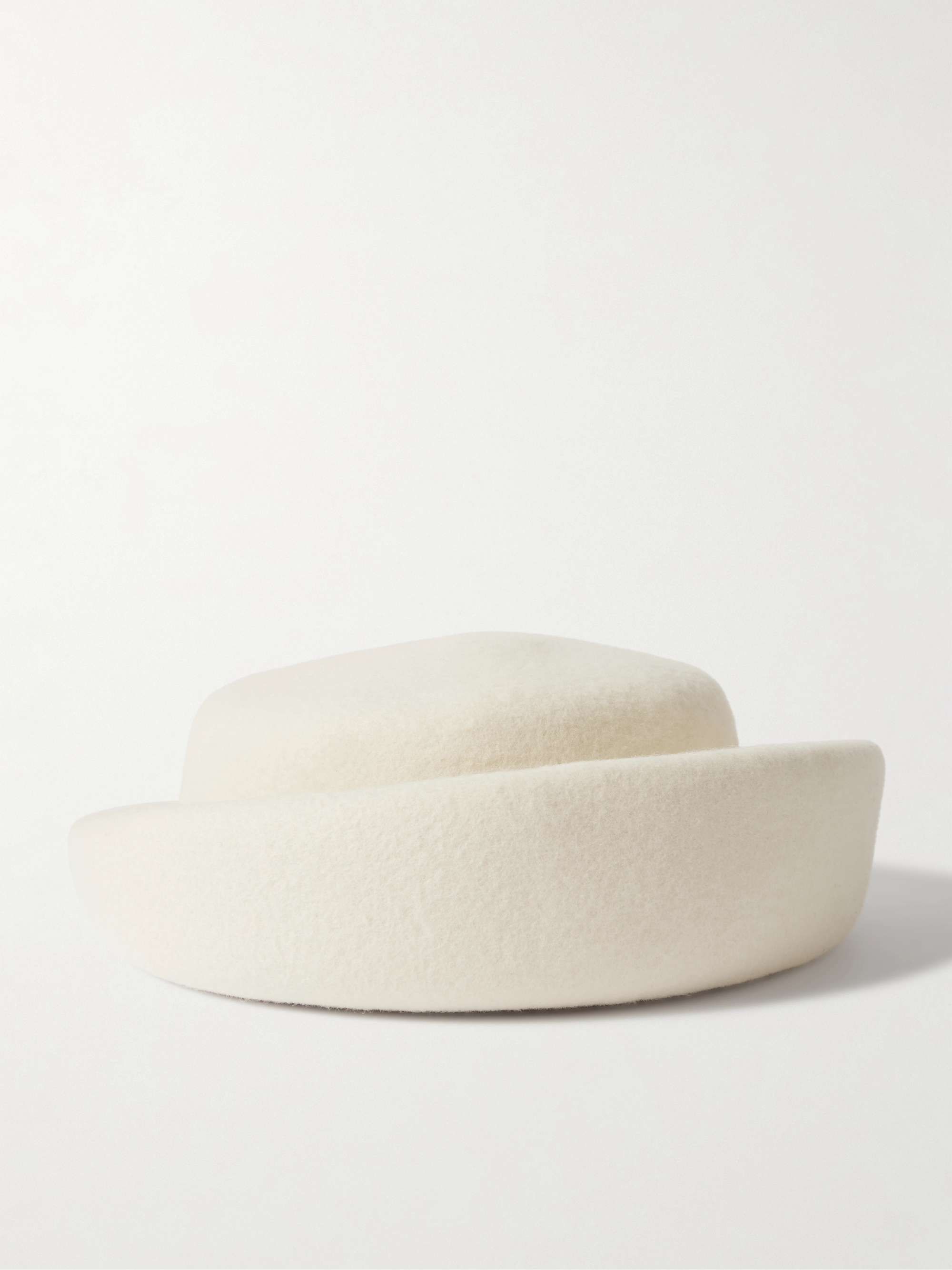
Gigi Burris
Laura Wool-Felt Pillbox Hat
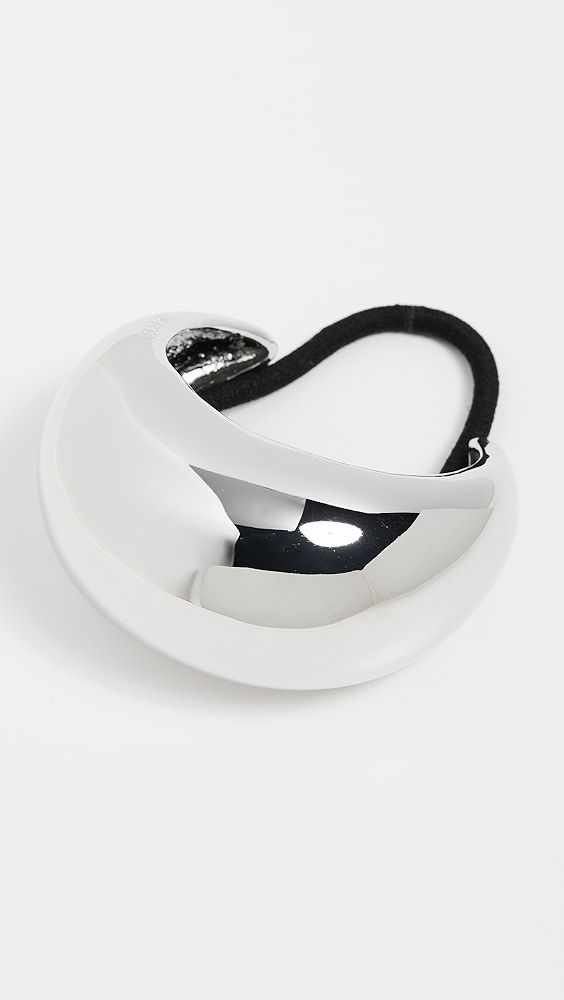
Lelet
Dome Pony Hair Cuff
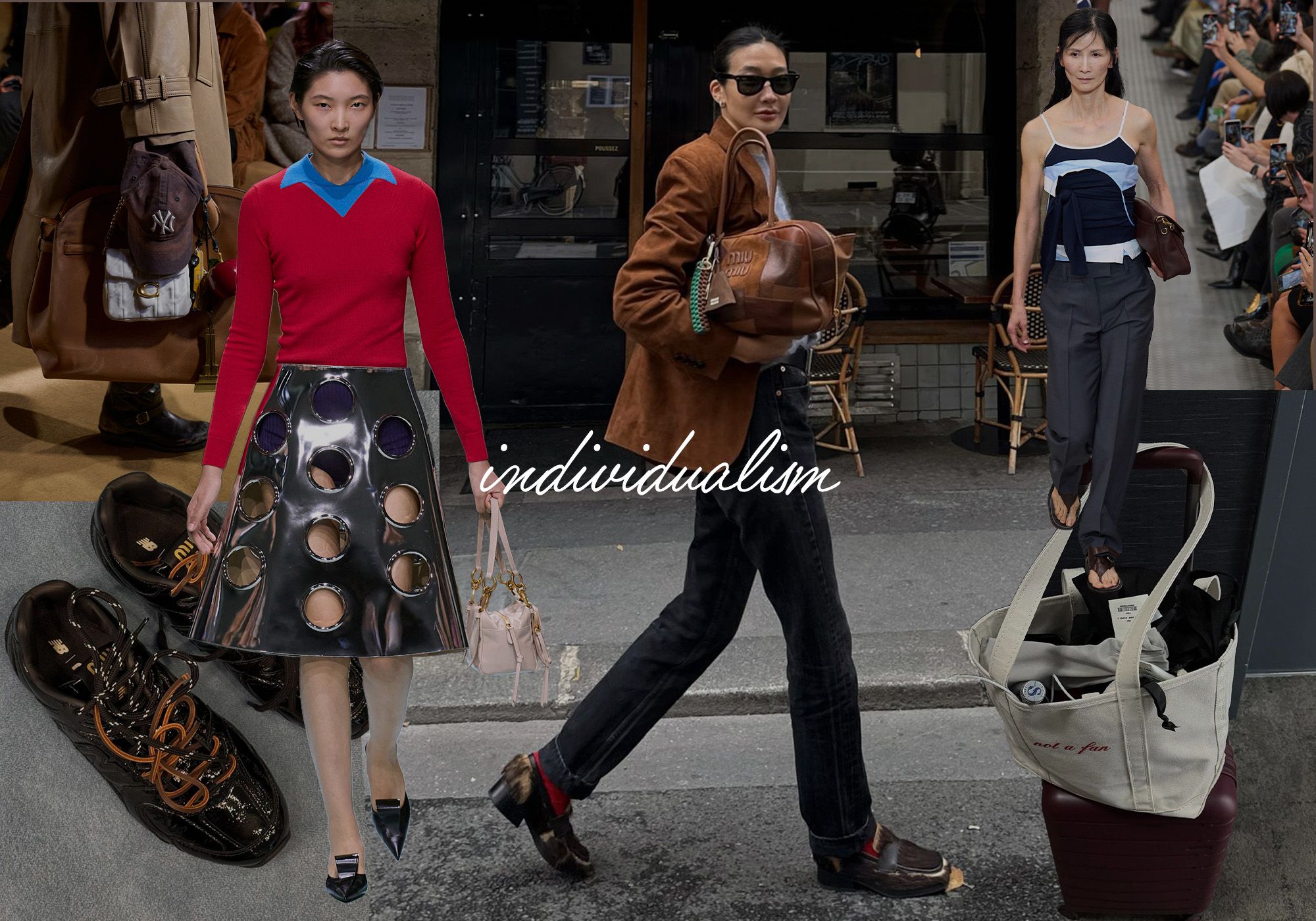
Across social media, there’s a movement toward personal style and hyperindividualism. Examples of this include Miu Miu–inspired bag charms and sneaker DIYs. Prada and Miu Miu S/S 25 were individualistic and experimental rather than cohesive as overall runways. Many designers presented ideas on how to dress rather than trends to follow. Personal style is flourishing in the algorithm era as a response to the sameness that we have social media feeds to blame for. In terms of personal style, there’s an explosion of personalization. Whether that means experimenting with DIY’ing sneakers with different colored laces, even adding charms to them, or utilizing embroidery—just look at the ironic L.L.Bean Boat and Totes, on which people are getting everything from their initials to buzzy internet phrases embroidered—we’re going to see even more creative ways that people will personalize their looks, specifically with at-home and DIY methods. This year proved that there’s a huge appetite for individuality in our fashion choices, and it’s a theme that will only grow stronger into 2025. Self-expression is so back!
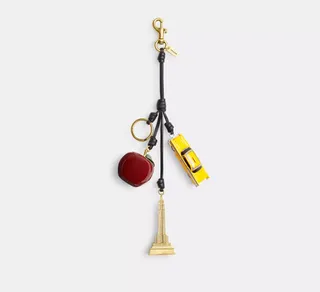
Coach
Small New York Cluster Bag Charm
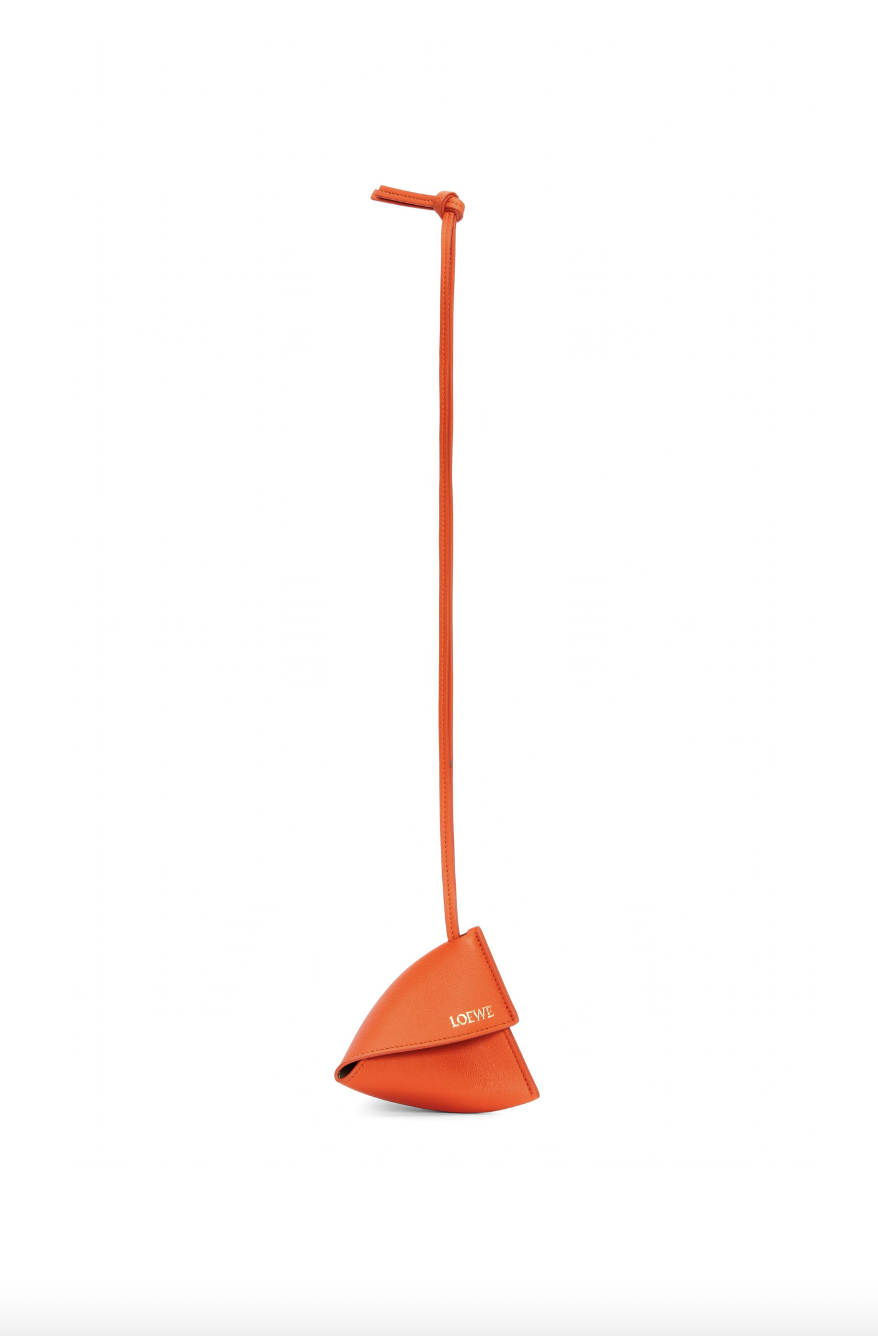
Loewe
Puzzle Fold Charm in Classic Calfskin
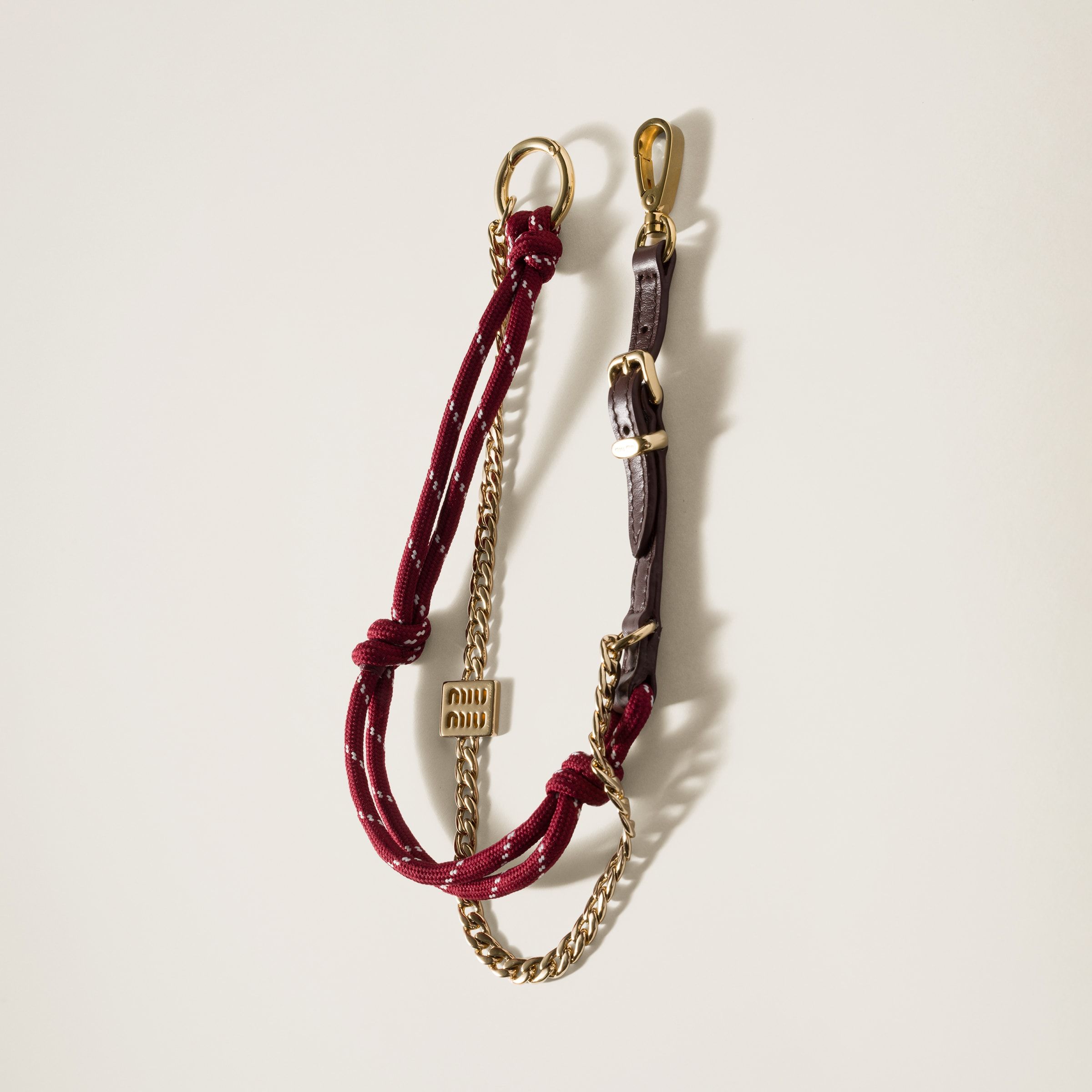
Miu Miu
Leather, Cord, and Metal Trick
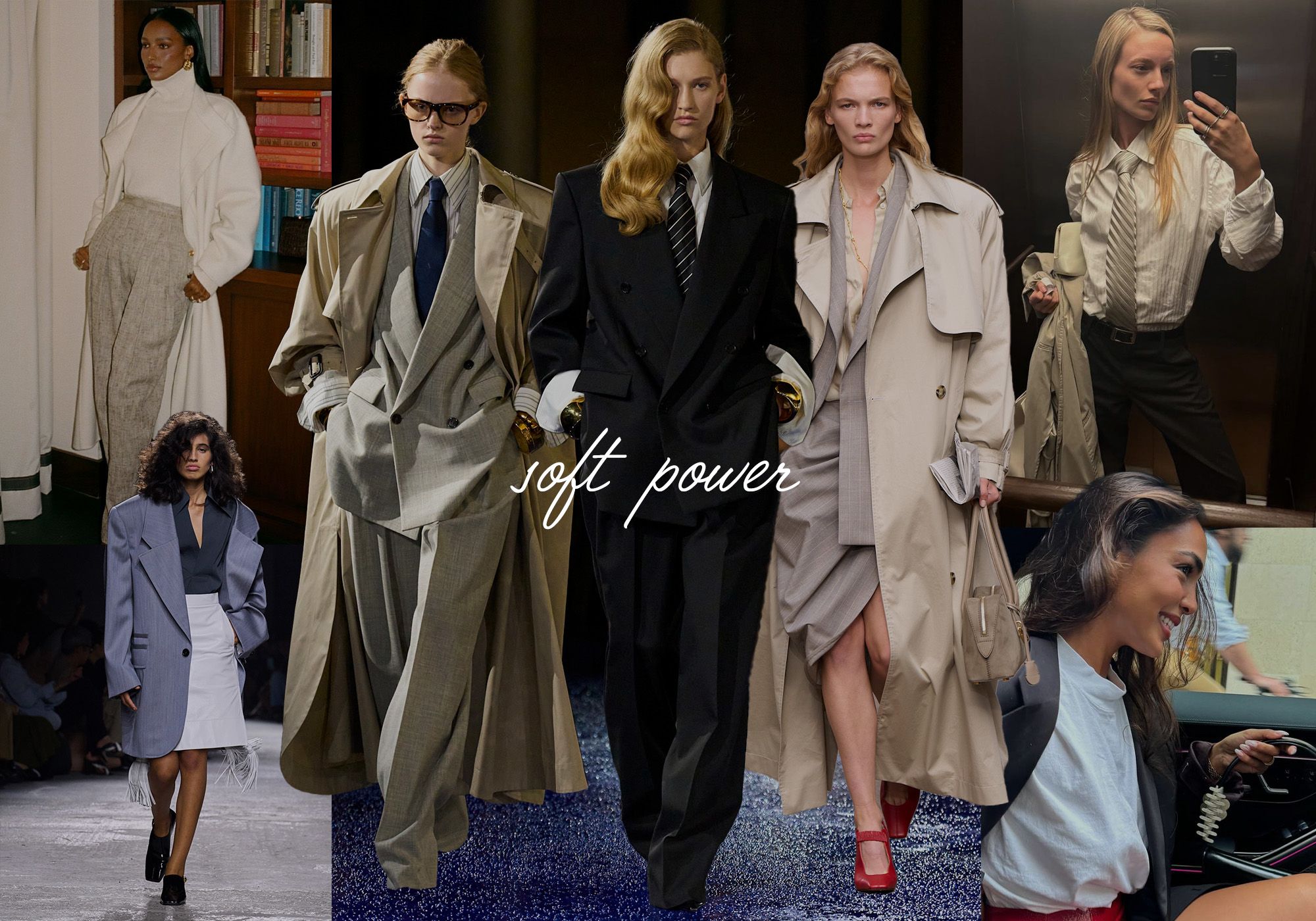
The evolution of corporatecore is the trend we’re calling soft power. Following lockdown, people became surprisingly excited about the concept of putting on a suit or any office-appropriate ensemble instead of sweatpants for their 9-to-5s. For spring 2025, designers began to soften the once-sharp tailoring that fell under this aesthetic, moving beyond traditional suiting in some cases and crafting a wardrobe for the modern working person who wants to look work-ready but still chic and comfortable. Defined by fluid yet oversize tailoring as seen on the S/S 25 runways at Saint Laurent, Ferragamo, and Bottega Veneta, the oversize shapes and nods to office attire recall the excess of power and influence and the flaunting wealth that defined the mid- to late ’80s. This was also a time when women were entering the workforce en masse and forming their own sense of financial independence and freedom in society.
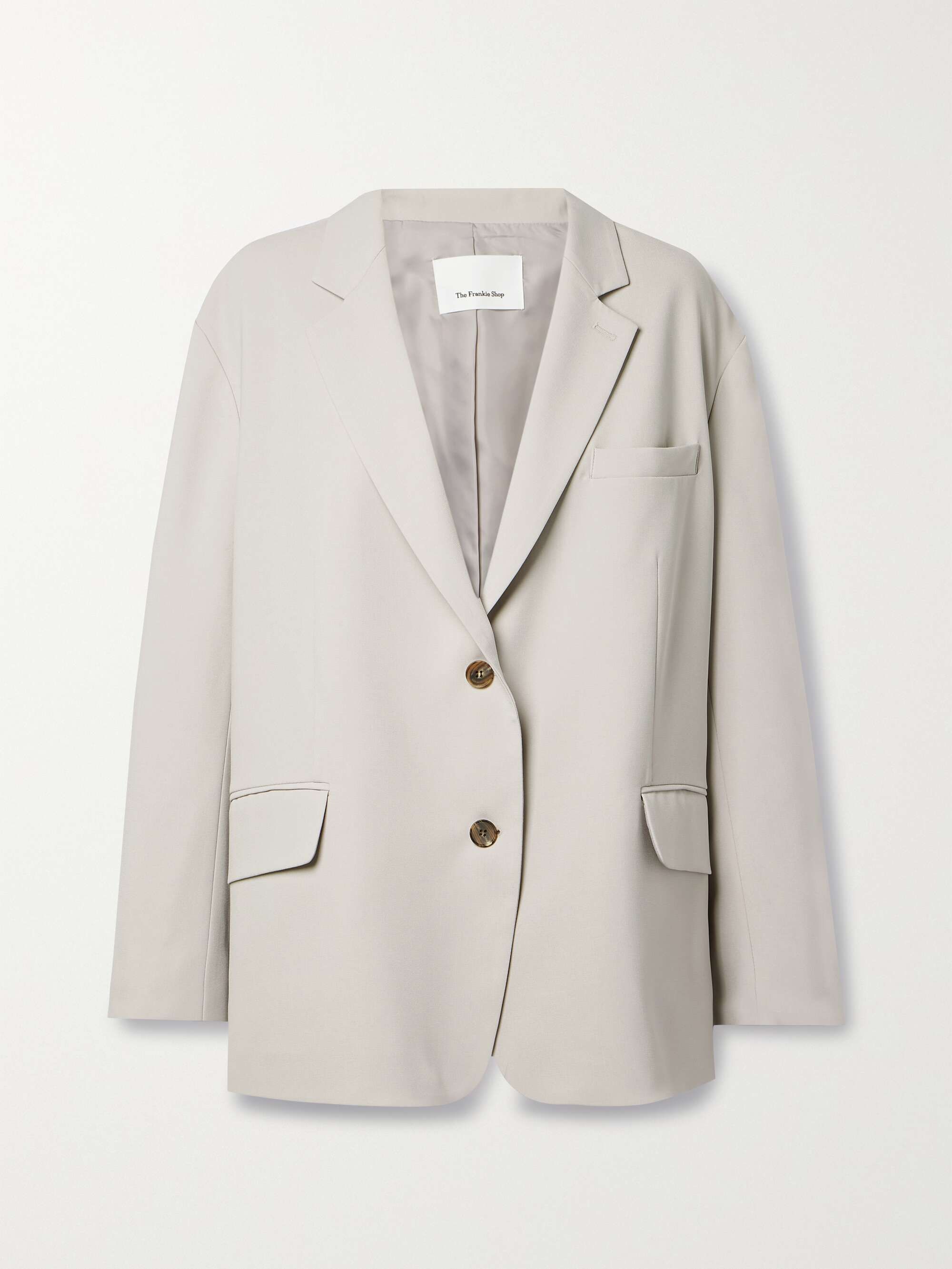
The Frankie Shop
Bea Oversized Cady Blazer
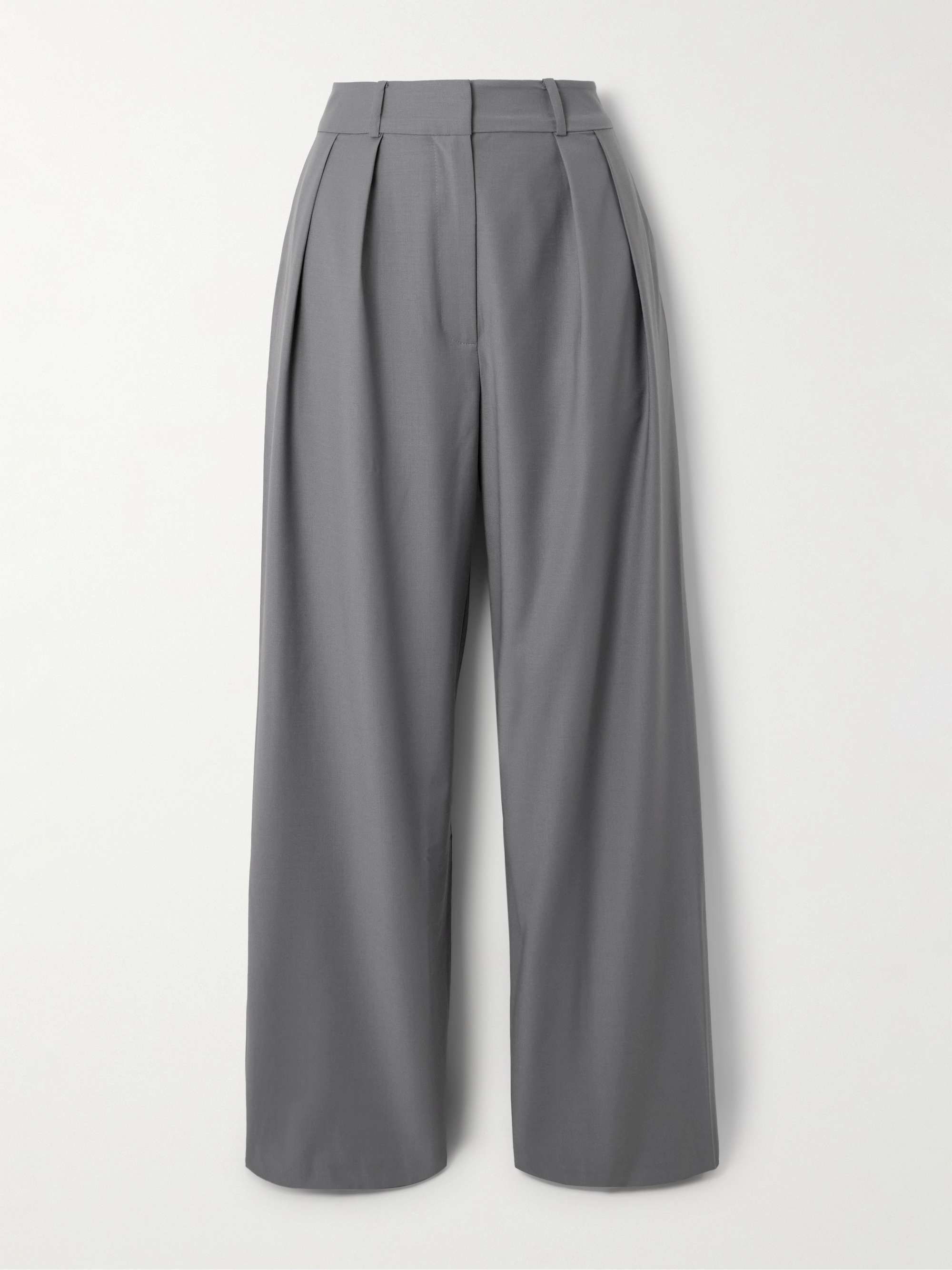
The Frankie Shop
Ripley Wide-Leg Pants
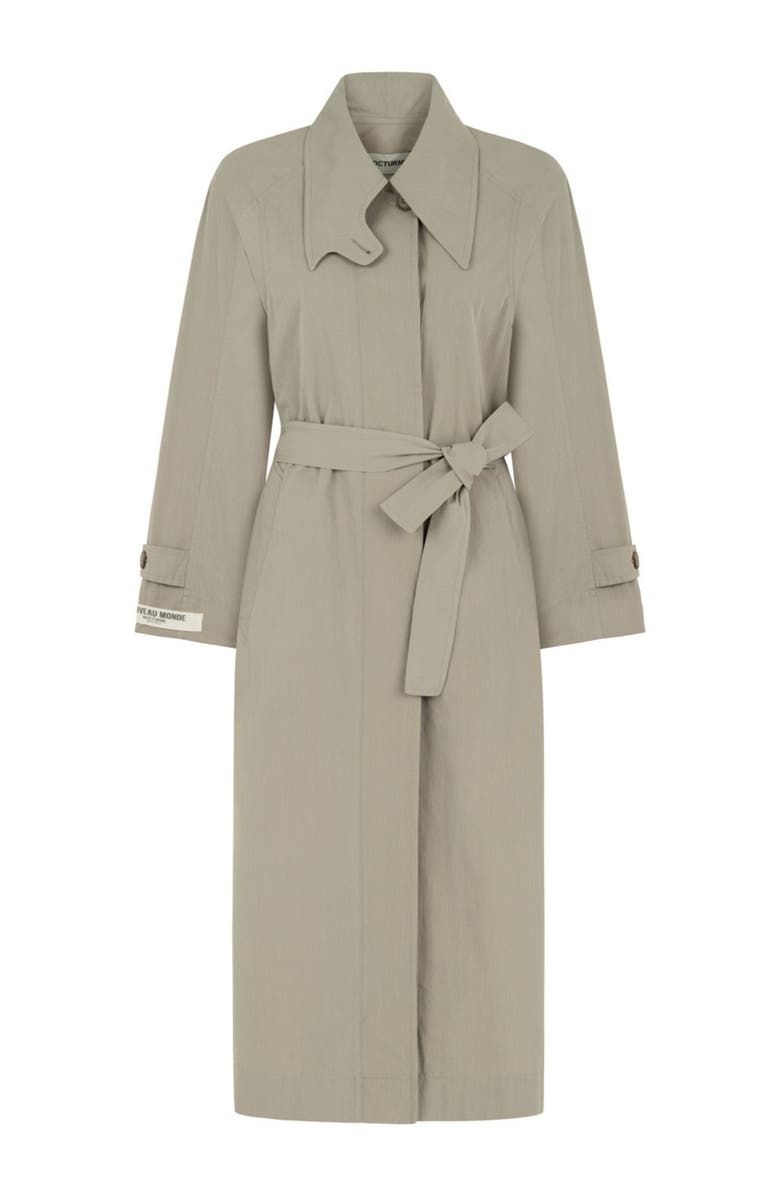
Nocturne
Oversized Trench Coat
[ad_2]
Source link

